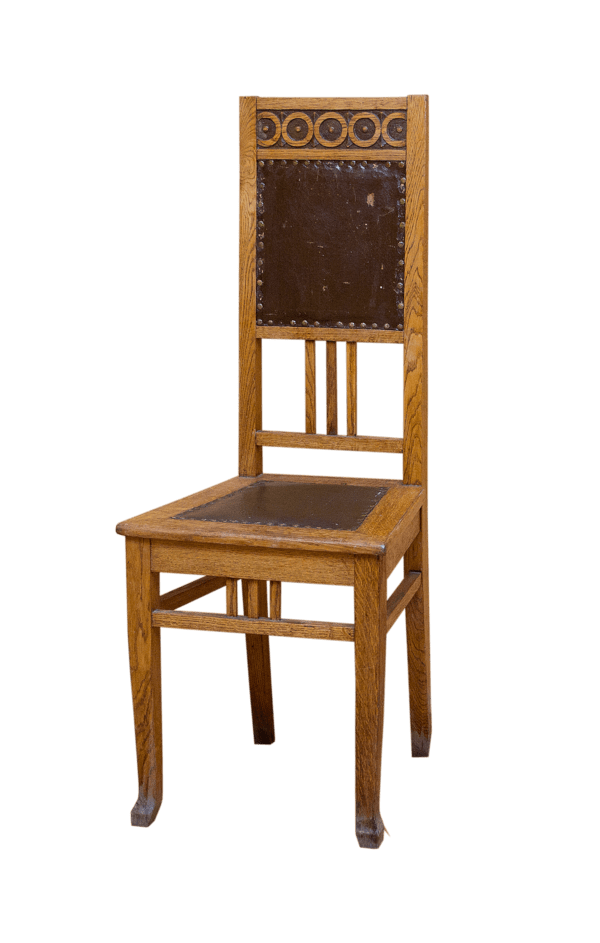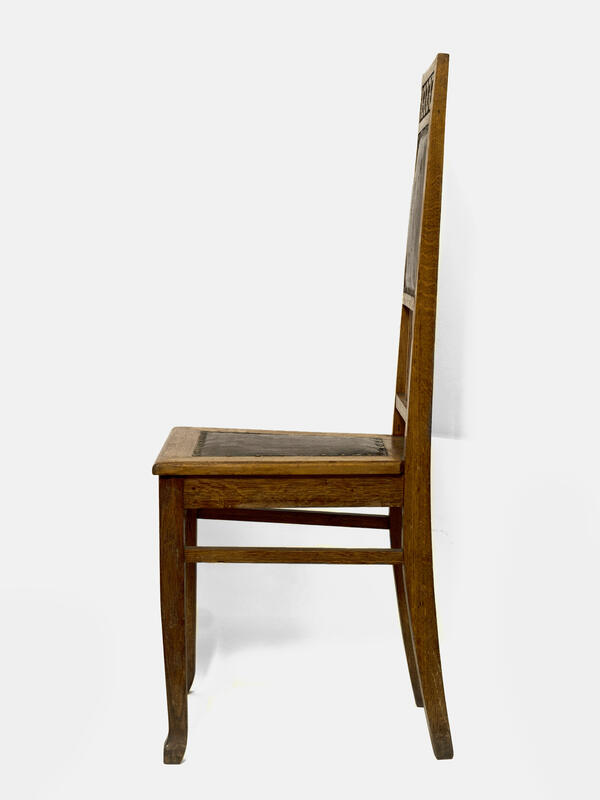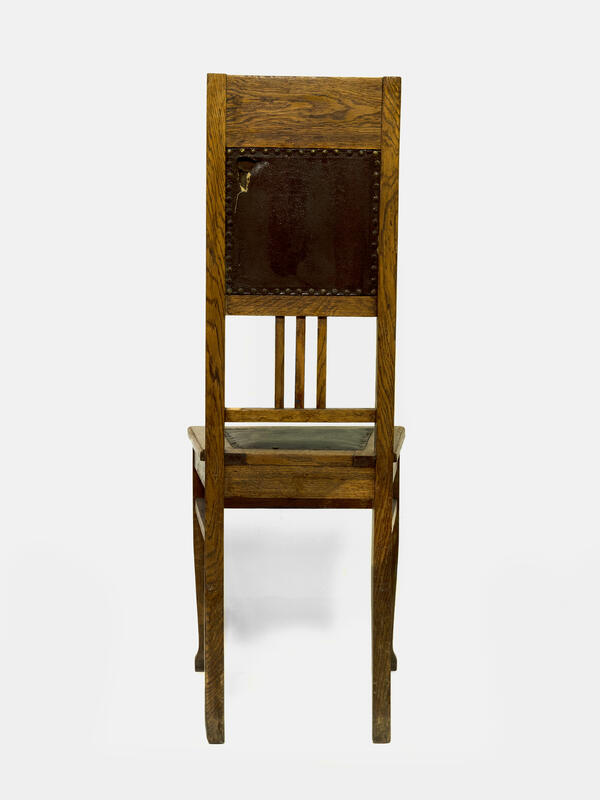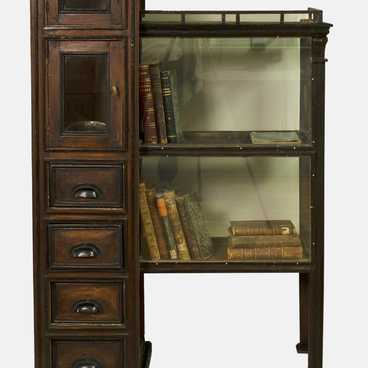A hundred years ago, this Soviet solid oak chair was in the editor’s office of the “Krasnaya Tataria” (Red Tatarstan) Kazan newspaper, which later became known as “Respublika Tatarstan”. It was founded in 1917 and published in Tatar. Currently, it is the biggest socio-political Russian-language newspaper in Tatarstan.
In the summer of 1928, Maxim Gorky came to Russia from the Italian city of Sorrento and visited the editor’s office of the “Krasnaya Tataria”. The photographer Vladimir Laptev took a photograph of the distinguished guest. The writer was sitting on this chair and talking to the newspaper staff. He was pleased to learn that the city published newspapers in the Tatar language and came up with the idea of publishing a special anthology, focusing on national literature and art.
Maxim Gorky’s interest and respect for other cultures and art manifested themselves in supporting authors of different nationalities. Tatar literature held a special place in his heart, and he helped the writers to show their talent. In 1928, Gorky took a trip to Kazan in order to visit all the important departments and institutions in the city, pay his respects and offer his assistance.
Gorky first came to Kazan at the age of 16 to enroll at the Imperial University. The next four years greatly influenced his personal development, and Gorky described the experience in detail in his autobiographical novel “My Universities”.
In his youth, Gorky lived in basements and slums, unloaded barges on docks, and worked as a street sweeper, a gardener and a bakery assistant. In Kazan, he joined the Narodnaya Volya (People’s Will) organization and distributed revolutionary leaflets around the city along with fresh buns. That city became the place where Gorky received the news of the death of his beloved grandmother, who raised him after his parents had died.
In February of 1928, Maxim Gorky used a map of Kazan to mark all places in the city that mattered to him, including his first shelter, Yevreinov’s house, and Derenkov’s bakery. This map was subsequently used for arranging all Kazan tours of Gorky’s places and forming museum exhibitions.





